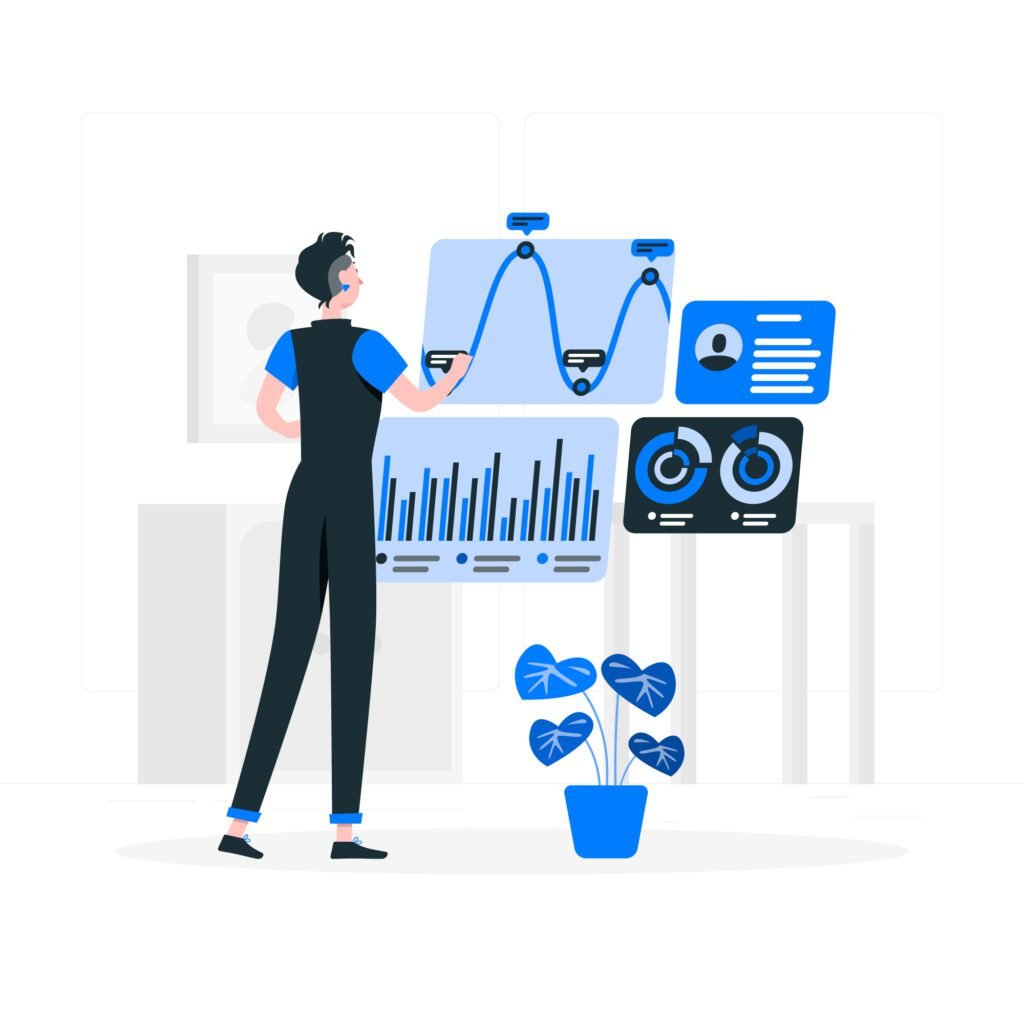The Power of Demand Sensing in Modern Business.
In today’s ever-evolving business landscape, organizations must remain at the forefront to stay competitive and thrive. A critical aspect that decision-makers across industries should focus on is demand sensing. Accurate forecasting of customer demand and optimizing inventory levels can significantly reduce costs, enhance customer experiences, and provide a competitive edge. Unfortunately, many manufacturing industries struggle with accurate demand forecasting models, hindering inventory planning and facing challenges in predicting stock-outs and identifying sales opportunities.

How Codehive helps:
Latency Reduction
Effective demand sensing often encounters the obstacle of latency. Codehive Technologies has pioneered innovative solutions to address this issue. By reducing latency, organizations gain access to real-time data crucial for accurate demand forecasting. This reduction in delays enables businesses to respond swiftly to changes in demand, thus minimizing the risks associated with overstocking or running out of inventory.
Anomaly Detection and Demand Analysis
Codehive technologies incorporates advanced anomaly detection algorithms designed to identify unusual patterns or trends in demand. This capability empowers businesses to adapt rapidly to unexpected shifts in customer preferences or market dynamics. Furthermore, the platform’s robust demand analysis tools provide valuable insights into customer behavior, enabling companies to make data-driven decisions.
Real-Time Feedback
Real-time feedback is essential for improving the accuracy of demand sensing. Codehive technologies offer businesses the opportunity to receive immediate feedback on the effectiveness of their forecasting models. This iterative approach ensures that the demand forecasting process continually improves, adapting to changing market conditions and customer behaviors.
Simulation Engine
Simulation engine empowers businesses to run “what-if” scenarios, facilitating proactive decision-making. Organizations can simulate various demand and supply scenarios, enabling them to optimize inventory levels, plan for peak demand periods, and mitigate potential stock-out situations.

The Impact of Using Demand Sensing:
When organizations implement demand sensing, they experience several significant impacts on their operations and performance:
Improved Forecast Accuracy: Demand sensing enhances an organization’s ability to forecast customer demand with precision. This, in turn, helps in minimizing inventory carrying costs and reducing the risk of overstock or stock-outs.
Enhanced Customer Experiences: By accurately predicting demand and ensuring that products are available when customers need them, businesses can provide better customer experiences. This leads to increased customer satisfaction and loyalty.
Optimized Inventory Management: Demand sensing allows businesses to maintain optimal inventory levels. As a result, they can reduce working capital tied up in excess inventory and lower storage costs.
Better Sales Opportunities: With real-time data and demand analysis, companies can identify sales opportunities they might have missed otherwise. They can adjust their strategies to meet changing customer preferences and market dynamics.
Cost Reduction: Accurate demand sensing reduces the risk of overproduction, which can lead to significant cost savings. It also minimizes the cost associated with carrying excessive inventory and managing stock-outs.
Adaptability to Market Changes: Demand sensing enables organizations to respond quickly to shifts in demand or unexpected market changes. This adaptability is crucial in today’s rapidly changing business landscape.
Data-Driven Decision-Making: Real-time feedback and demand analysis empower businesses to make data-driven decisions. This ensures that strategies and actions are based on accurate and up-to-date information.
Proactive Planning: The simulation engine provided by demand sensing solutions allows organizations to proactively plan for different scenarios. This includes optimizing inventory levels and preparing for peak demand periods or potential stock-out situations.

Please Contact Us for more detailed insights and learn how can we help you.






